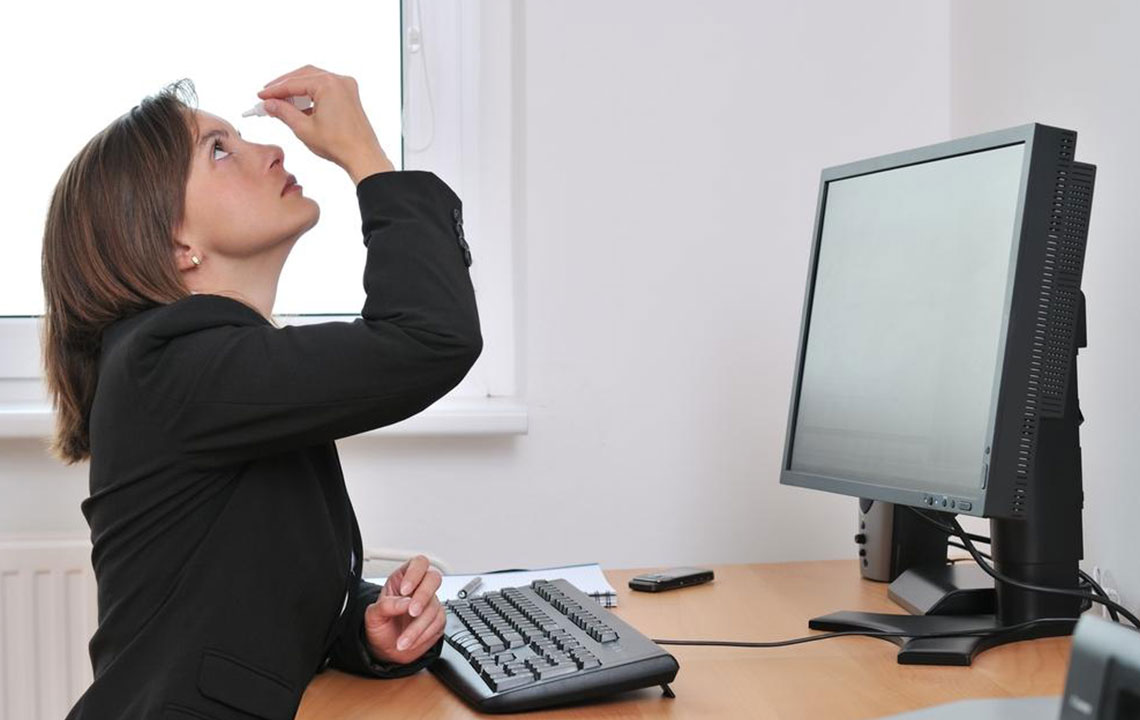Some Commonly Used Options for Treating Dry Eyes
Dry eye is a chronic ailment that can happen to anyone, at any point in life. It is a syndrome commonly found in both men and women. It is a progressive condition where the eye loses the required amount of lubrication that is necessary for a healthy vision. This disease may or may not be completely cured, depending on the severity of the condition in a person. However, ophthalmologists state that in milder situations, patients are able to overcome many disturbing symptoms of dry eye and experience clearer vision and greater eye comfort with proper dry eye treatment.

Dry eye can cause discomforts such as redness, irritation, itchiness, inflammation, and even blemish formation of the front surface of the eye. Dry eyes are common complaints among most people nowadays. No one usually ignores any issues with the eyes. Hence, dry eye treatment is a common phenomenon at a doctor’s clinic. Medically, dry eye syndrome is also known as keratoconjunctivitis sicca or KCS.
Troubleshooter for dry eyes
Eyes are a highly sensitive organ in the human body. Any disturbance in your eye can result in serious disruptions in your daily activities and overall lifestyle. Tears are the important aspects of the eye. Tears are a mix of water, oils, mucus, and antibodies that help in maintaining the perfect functioning of the eyes, keeping infections at bay, and maintaining a healthy vision. Dry eyes often happen when the tear glands fail to develop enough tears. It might also happen that the tears evaporate leaving the eyes parched and dried up.
Some common symptoms that signify dry eyes include the following:
- Itchy eyes
- Burning sensation
- Redness
- Dryness
- Sore eyes
- Blurred vision
- Heavy eyes
- Pain
- Eye fatigue
- Photophobia
- Watery eyes
- Inflamed eye
The symptoms and severity vary ranging from mild to severe conditions in patients. Sometimes, the symptoms may occur for a while and then vanish with time. In case it becomes severe, recurrent, long-lasting, or affects the day to day activities of a person, you should visit an eye specialist at the earliest to seek advice and if diagnosed, proceed for dry eye treatment.
Dry eye treatment
Doctors generally diagnose the disorder by studying the symptoms of the patient and also conducting several tests to confirm dry eyes. The various causes of dry eye syndrome may be the following:
- Gland dysfunction
- Use of contact lens
- Allergy
- Pregnancy
- Vitamin A deficiency
- Lasik surgery
- Tobacco smoke exposure
It may also result due to the intake of various medicines for high blood pressure, depression, arthritis, or hormonal problems. Depending on the signs, causes of the problem, and lifestyle of the patient, doctors suggest the required dry eye treatment procedure. Some commonly suggested options for treatment include the following:
– Artificial tears
– Usage of steroid eye drops
– Wrap-around glasses to prevent tears from evaporating
– Changing or stopping the affecting medication
– Lacrimal plugs to prevent tears from draining away of tears
– Avoiding the use of contact lenses
Artificial tears are the most prominent option for dry eye treatments. These are basically lubricant eye drops that reduce the irritation in the eyes mainly caused due to reduced tear production and dryness of the eyes.
These eye drops are very easily available as over-the-counter medicines at most chemist stores and medical shops. However, you should check with the ophthalmologist for the appropriate artificial tear drop that is best suited for your problem. This is because the artificial tears for mild issues differ from those for severe conditions.
You should use these drops several times a day at regular intervals. Although these may cause temporary blurring of the vision when applied, this slowly disappears and reduces the irritation in the eyes.
Apart from these methods of dry eye treatment, many health practitioners also suggest some lifestyle and environmental changes that may help in controlling the condition to a certain extent.
- Dry eye may get triggered in smoky areas and air conditioning. If possible you should limit the stay in such conditions to the minimum. Using a humidifier in the room helps retain and increase the moisture content in the air.
- Working on the computer for a long time can make the eyes feel tired and dry. You are suggested to wear glasses while working on the computer. Lowering the laptop screen also helps relieve the situation to some extent.
- Often when one feels dryness in the eye that person rubs the eyes with the palm or fingers. This usually increases the inflammation and irritates the eye further. It is best to try and avoid rubbing eyes.
- Eating a healthy quantity of dark-fleshed fish showed noted a decrease in dry eye symptoms in many patients. The omega-3 fatty acids present in these fishes help control most dry eye problems.
- Doctors also prescribe medications such as ciclosporin, diquafosol, and lifitegrast.
- Another method for dry eye treatment is using lubricating eye ointments before bedtime.

